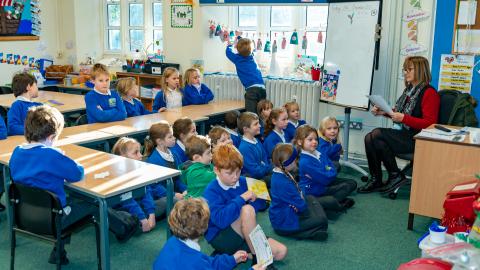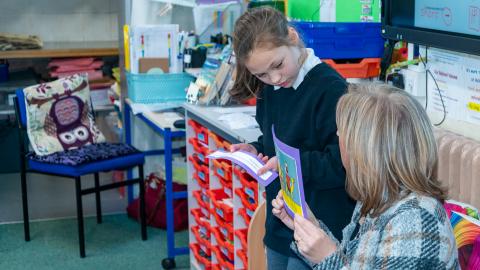|
French Curriculum Intent & Overview |
|
Key person responsible - K Speak |
|
Curriculum Intent: At Embsay School, we want our children to:
Our French curriculum is therefore, planned in order to foster curiosity of different cultures around the world. Opportunities, which will open the children’s eyes to the wider world, are both planned and taken up, when they are offered, to the school. Children are involved with their learning, can explore ideas and make links between subject areas. French teaching should enable pupils to express their ideas and thoughts in another language and to understand and respond to its speakers, both in speech and in writing. Given the challenging nature of the world we live in, we also focus on the skills and mind-set that the children will need to succeed, in whatever they do, throughout their lives. Our curriculum leaves them with firm foundations for further learning in languages and to open the door to studying, travelling and working abroad. |
|
Curriculum overview Key points - teaching & planning:
|
|
Key points - assessment:
|
|
Key points - resources:
|
|
Key Points - Diversity: The French Language is the second most spoken language in the world (in terms of the number of countries which use it as a national or an official language). Over 220 million people in approximately fifty countries on different continents speak French. French and English are the only languages appearing on all five continents. French and English are also the main official and working languages of most international organisations and are the source of the major world law systems: the civil law tradition (French) and the common law tradition (English).
|


